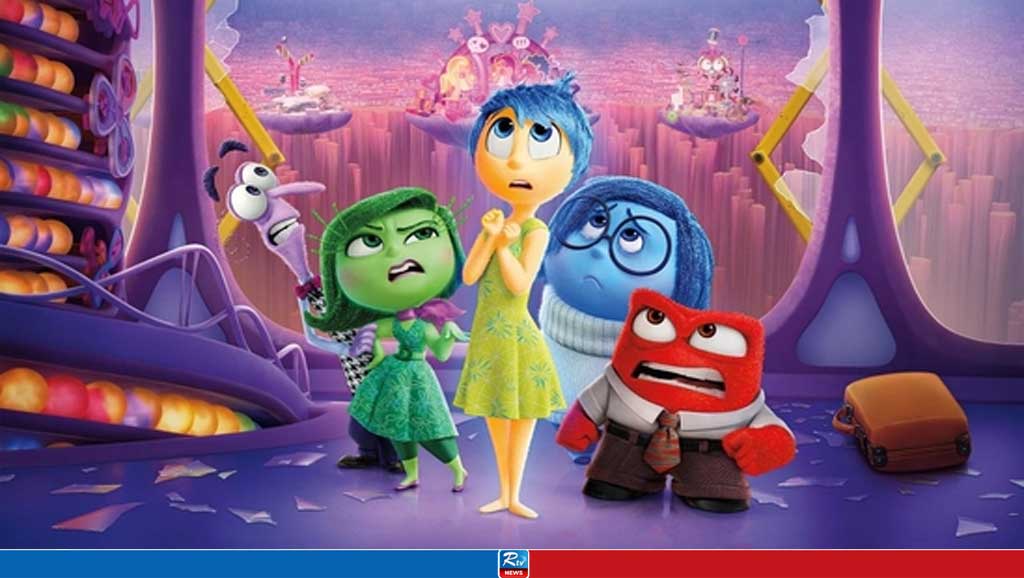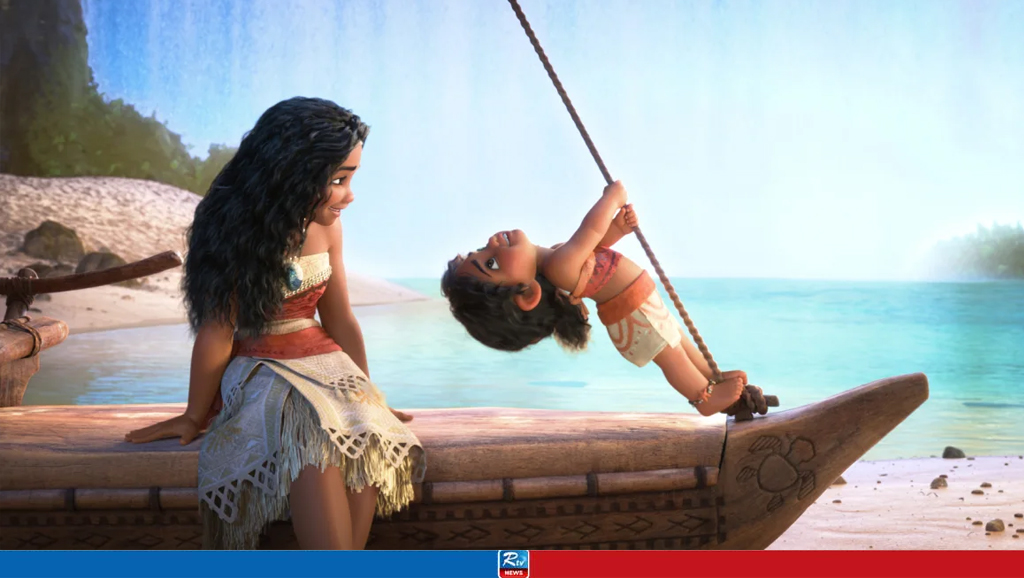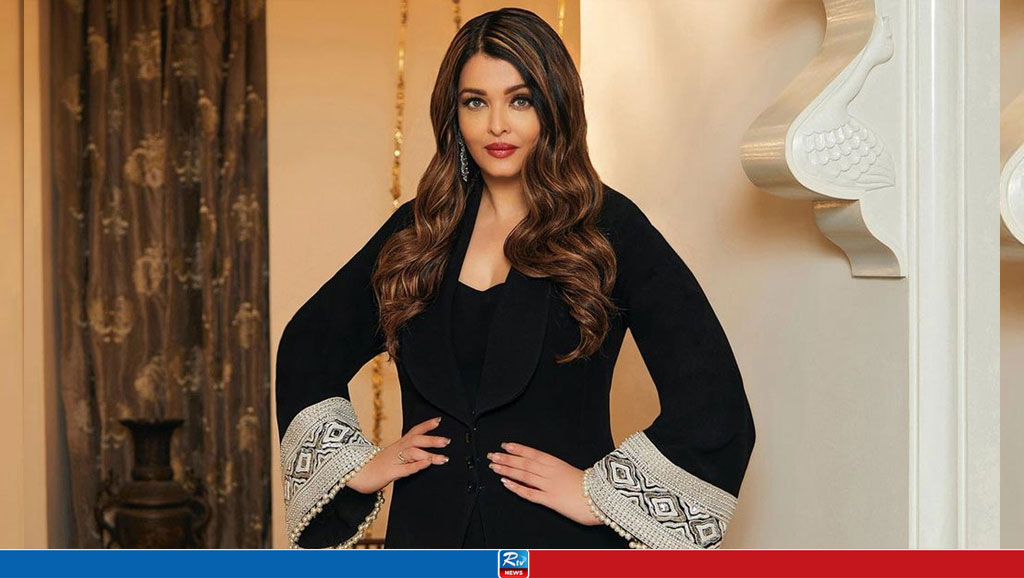Inside Out 2 scores biggest box office weekend of the year worldwide, mints 7 cr in India

Inside Out 2 took just the first few days to become the year's best opener so far. In India too, the animated film has been performing well.
Inside Out 2 is off to a flying start at the box office. The animated movie has taken the overseas box office by storm, and delivered the biggest collection of the year so far, both in the US and overseas. At the Indian box office too, the film is performing relatively well. The latest report on Sacnilk.com states that Inside Out 2 has 7.4 crore in three days of release.
The latest report adds that Inside Out had a collection of 7.4 crore. It minted 1.5 crore on its first day of release, and saw a significant growth on day 2 and day 3, collecting 2.65 crore and 3.25 crore respectively. It is a decent opening weekend given the film faces a stiff competition from other releases such as Chandu Champion and Munjya. The same report also added that Inside Out 2 had 39.82 percent English occupancy on Sunday.
Inside Out 2 movie review: At the end of Pete Doctor's 2015 cult Pixar movie, we heard Joy say, 'Riley is 12 now. What could possibly go wrong?' Everything does as we find out in the sequel, released nine years later. As Riley hits puberty, four new feelings crop, which means Joy, Sadness, Fear, Anger, and Disgust have to share the room with Anxiety, Envy, Embarrassment, and Ennui (boredom). That implies more characters, more colours, and more chaos. So the sequel gets nerdier, more imaginative, and a tad bit more mature and emotional.
Directed by Kelsey Mann, and co-written by her (story), Meg LeFauve and Dave Holstein (screenplay), Inside Out 2 begins from where the first part ended. Everything is going hunky dory for Riley, till she goes to an ice-skating team selection camp, which coincides with the advent of puberty. The pubescent emotions, led by Anxiety, hijack the control room, and conceal the five primary emotions in a jar sent to The Vault, the remote, pitch-dark prison where Riley hides all her secrets. Joy & Co. must return to the control room to rescue Riley from the P-word crawling out from under her bed.
The most commendable personality trait of the Inside Out franchise is that it combines the fantastical adventures of a Pixar film with the relatable, reflective nature of a mature coming-of-age tale. The childish preoccupation of imagination is married to the bittersweet inevitability of growing up. Every emotion, every feeling has a colour, a personality trait. For instance, the new entrants – Anxiety (orange, fountain ponytail); Envy (turquoise, tiniest); Embarrassment (pink, hiding under a hoodie, sweaty palms), and Ennui (indigo, perennially slouching). There's even Nostalgia (beige, old lady drinking tea), who's rushed to the back and told to return only 10 years later. 'after two graduations and a best friend's wedding.'
While these new characters add more colour and chaos, the old characters also have lots to do. After they're detained in the Vault, the journey they start across the mind is that of a nerdy kid lost in a candy store. It begins in the Vault itself with the introduction of three characters – a cartoon character that was (or, rather still is) Riley's guilty pleasure; a secret crush in the form of a Samurai video game character who speaks eloquently (hilariously refers to Disgust as 'the disgusted one'), but is 'cursed with a feeble power' of dropping his sword and turning into a rolling ball; and a giant beast called 'Riley's deepest darkest secret,' who refuses to leave the Vault even after a clear pass.
Then there's the Stream of Consciousness, introduced in the first part – a literal stream in which Riley's thoughts keep floating. It's woven with more finesse in the sequel as the stream gets contaminated by pizza and other junk food when Riley is hungry and broccoli when she's disgusted. These are used by Joy & Co. as their choice of vessel to set sail for their adventures. But beware of sar-chasm – a tectonic chasm caused by the introduction of sarcasm by Ennui in Riley. Like most humans out there, even Riley's mind doesn't take sarcasm kindly – and erupts into a destructive streak. Then there's another cerebral calamity – brainstorming, ideas (in the form of colourful bulbs) in a literal storm – falling from the sky into a tube leading to the control room.
The other end of the tube is the 'back of the mind,' where Joy dumps every negative memory at the risk of becoming a core memory. It's designed as a long chute drain connecting their home to the backyard. Little does she know that every piece of dump makes its way back to the front, if not processed or recycled properly. And then there's also the beliefs, little saplings in the control room, planted using memories as seeds, leading to string-like roots. The writers of Inside Out 2 took years to develop this ingenious worldbuilding, with the aid of psychologists and animators. They used their minds to shape the imagination and used their imagination to shape the mind.
There's ample nerdgasm for adults and enough fantasy for kids. But Inside Out 2 also hits the sweet spot between the two. What connects kids on the verge of puberty and adults on the cusp of midlife crisis? Emotions. The first part demonstrated how Joy and Sadness need to go hand in hand for a healthy mind. The sequel gives Sadness a chance to be the unsung hero, and rides on Joy as its emotional anchor. When relegated to the sides by Anxiety, Joy encounters an existential crisis. She's first in denial, and then heartbreakingly claims that growing up is all about 'feeling less joy.' But the following chain of events highlights yet another valuable mental health lesson that cuts across all ages – life or growing up isn't a smooth monolith, but fuelled by friction. It's about the coexistence of all feelings and emotions instead of one dominating the others.
Source: HT
Comments
Slumdog Millionaire Sequel in the Works, Developed by Bridge7

Dhanush and Aishwaryaa Rajinikanth are Now Officially Divorced

Atif Aslam to Rock Stage in Dhaka Today

Attack on Asaduzzaman Noor in Hospital

Rahat Fateh Ali To Perform For Free in Dhaka This December

Box Office Records Shattered by 'Moana 2,' 'Wicked,' and 'Gladiator II'

Aishwarya Rai Begins A New Chapter


 Live Tv
Live Tv
